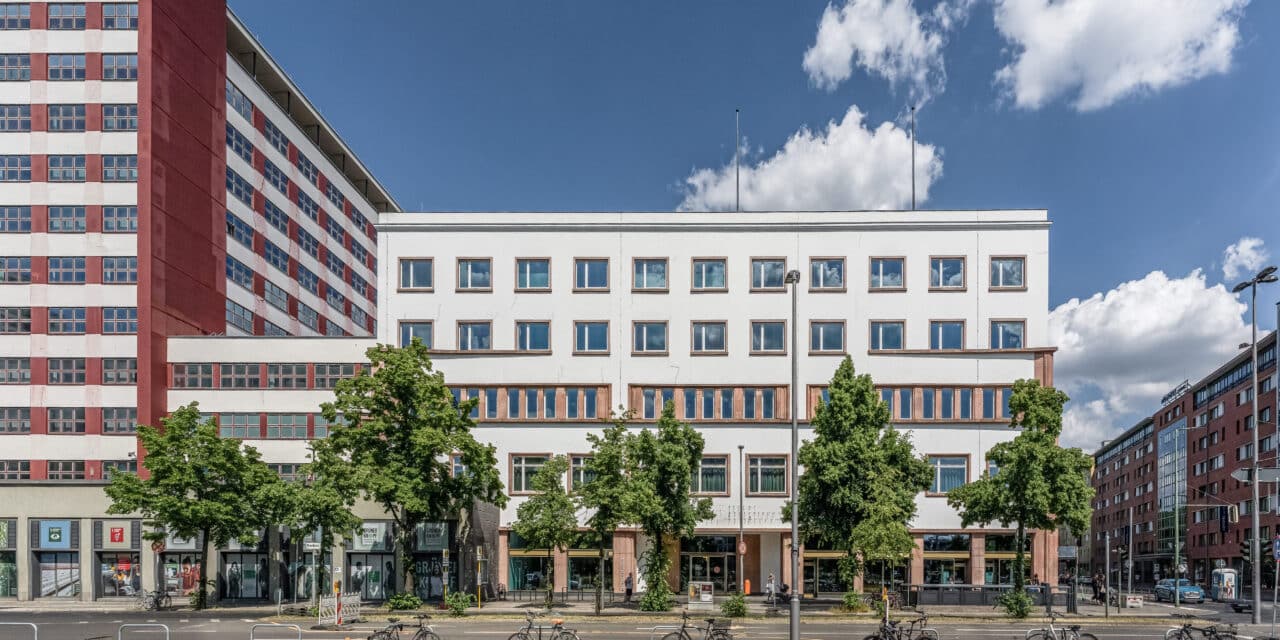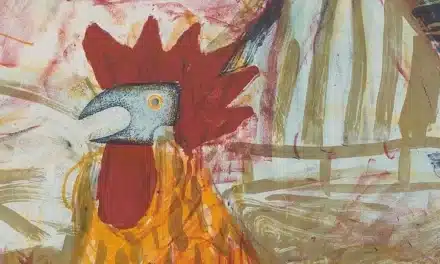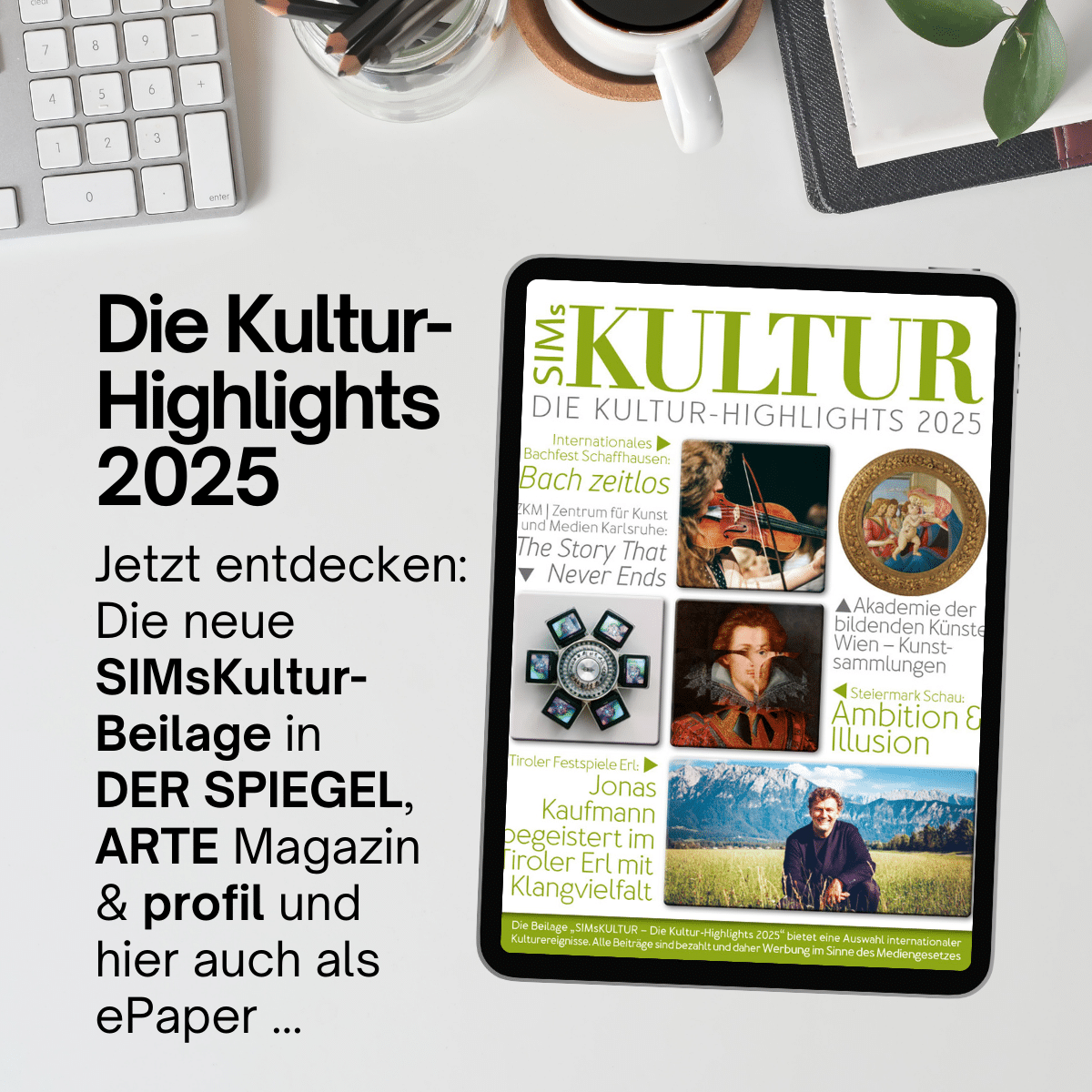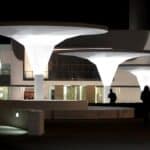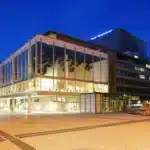Mitten in Berlin, am Anhalter Bahnhof, befindet sich das Dokumentationszentrum Flucht, Vertreibung, Versöhnung − ein einzigartiger Lern- und Erinnerungsort zu Flucht, Vertreibung und Zwangsmigration in Geschichte und Gegenwart. Es erwarten Sie Ausstellungen, eine Bibliothek mit Zeitzeugenarchiv, ein Raum der Stille, Führungen, Workshops und Veranstaltungen. Und all das bei freiem Eintritt!
Das Dokumentationszentrum bietet seinen Besuchern auf zwei Etagen drei Daueraustellungen zu den Themen Flucht, Vertreibung & Versöhnung an. Ergänzt wird das laufende Programm mit einzigartigen zum Zeitgeist passenden Sonderausstellungen!
Das Jahrhundert der Flucht
Warum müssen Menschen fliehen oder werden vertrieben? Was erleben Menschen, die fliehen müssen oder vertrieben werden? Welche Erfahrungen machen sie auf ihren Wegen? Was bedeutet der Verlust der Heimat und welche Schwierigkeiten erwarten die Menschen, wenn sie in einem anderen Land Aufnahme finden? Die Ständige Ausstellung beleuchtet politisch, ethnisch und religiös begründete Zwangsmigrationen im 20. Jahrhundert in Europa und darüber hinaus. Flucht und Vertreibung der Deutschen im und nach dem von Deutschland ausgegangenen Zweiten Weltkrieg bilden dabei den Schwerpunkt der Präsentation.
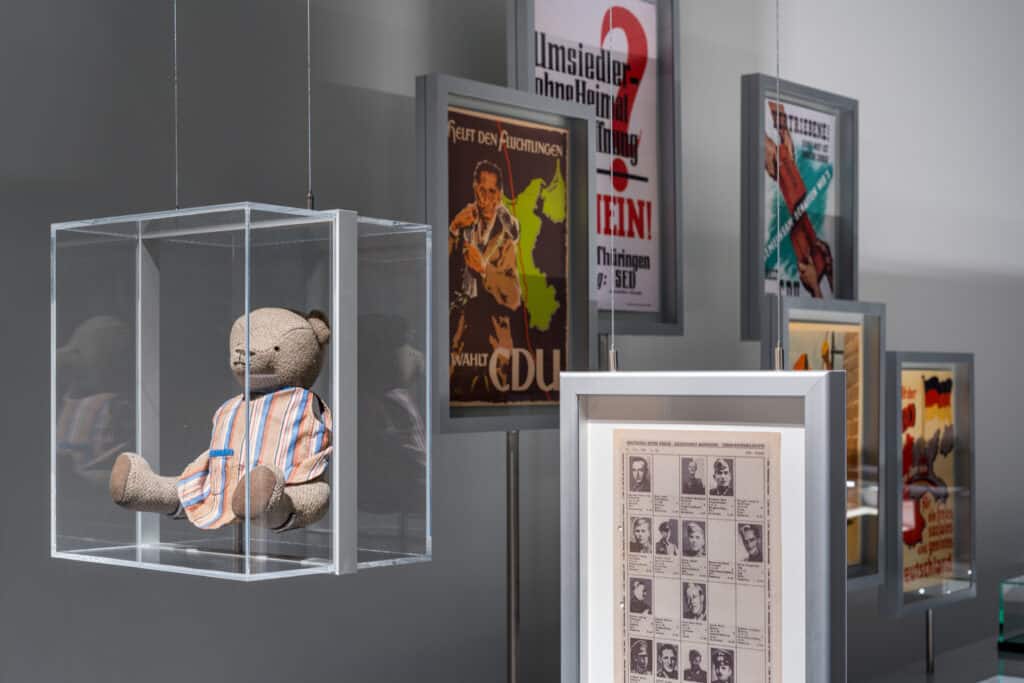
Blick in die Ständige Ausstellung © Stiftung Flucht, Vertreibung, Versöhnung, Foto: Markus Gröteke
Eine europäische Geschichte der Zwangsmigrationen
Der erste Teil der Ständigen Ausstellung beschäftigt sich mit den Dimensionen von Flucht, Vertreibung und Zwangsmigration aus europäischer Perspektive. Beispiele aus verschiedenen geografischen Kontexten zeigen wiederkehrende Phänomene, die für das Verständnis von Zwangsmigrationen im 20. Jahrhundert und darüber hinaus eine Grundlage bilden. Vertreibungen sind ein Phänomen der Moderne und erreichen seit Ende des 19. Jahrhunderts eine neue Größenordnung. Ob vor über 100 Jahren in Armenien, nach dem Zweiten Weltkrieg in Mitteleuropa oder heute in Syrien – Kriege und bewaffnete Konflikte zwingen Millionen Menschen, ihre Heimat zu verlassen. Zwangsmigrationen bedeuten große Gefahren und schmerzhafte Verluste. Die Erfahrung von Flucht und Vertreibung ändert das Leben der Betroffenen grundlegend. Verlust und Neuanfang prägen die Betroffenen und ihre Nachkommen häufig über Generationen.
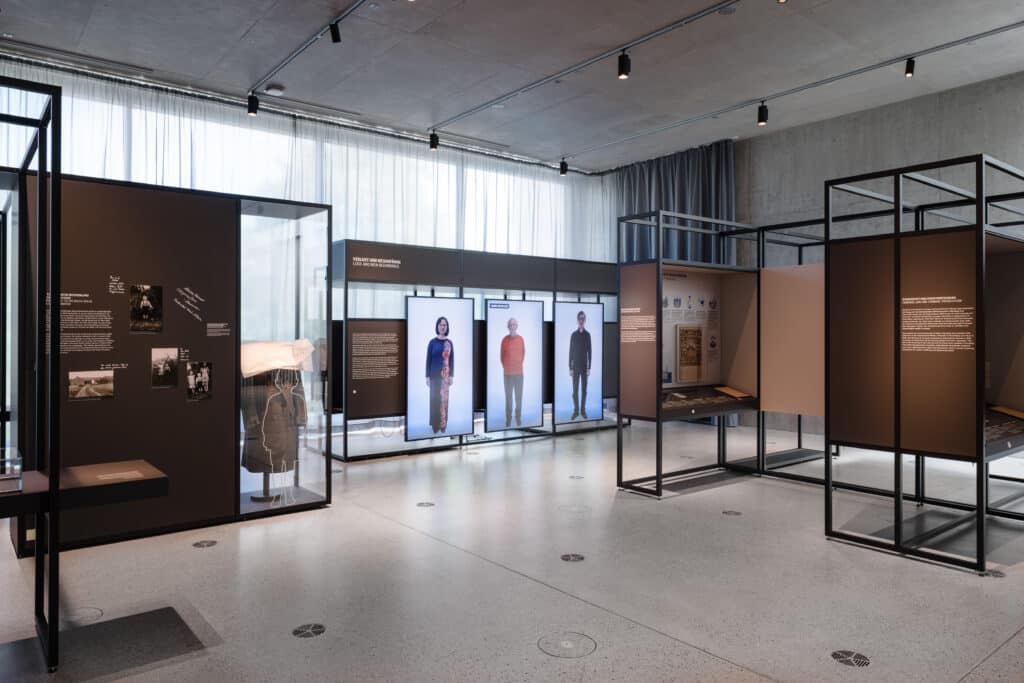
Blick in die Ständige Ausstellung © Stiftung Flucht, Vertreibung, Versöhnung, Foto: Markus Gröteke
Flucht und Vertreibung der Deutschen
Der zweite Teil der Ständigen Ausstellung im zweiten Obergeschoss behandelt Flucht und Vertreibung der Deutschen. Im Zweiten Weltkrieg besetzt das nationalsozialistische Deutschland große Teile Mittel-, Ost- und Südosteuropas und führt dort einen beispiellosen und grausamen Vernichtungskrieg. Millionen Menschen werden ausgebeutet, deportiert, vertrieben und ermordet. Vor diesem Hintergrund beschließen die Alliierten eine Nachkriegsordnung für Europa, die Grenzveränderungen und Bevölkerungsverschiebungen vorsieht. In den letzten Kriegsmonaten fliehen Millionen Deutsche vor der Roten Armee nach Westen. Die meisten Menschen, die in den Ostgebieten des Deutschen Reiches und in Mittel- und Südosteuropa leben, werden nach Kriegsende vertrieben. Insgesamt sind mehr als 14 Millionen Menschen von Flucht und Vertreibung betroffen, mehr als 600.000 Menschen kommen dabei ums Leben.
Die Integration von 12,5 Millionen vertriebenen Menschen ist eine grundlegende Herausforderung der beiden deutschen Nachkriegsgesellschaften. In beiden deutschen Staaten unterscheiden sich die politischen Bedingungen dafür. Die Erinnerung an Flucht und Vertreibung bleibt umstritten.
ganzjährig geöffnet, freier Eintritt!
www.flucht-vertreibung-versoehnung.de
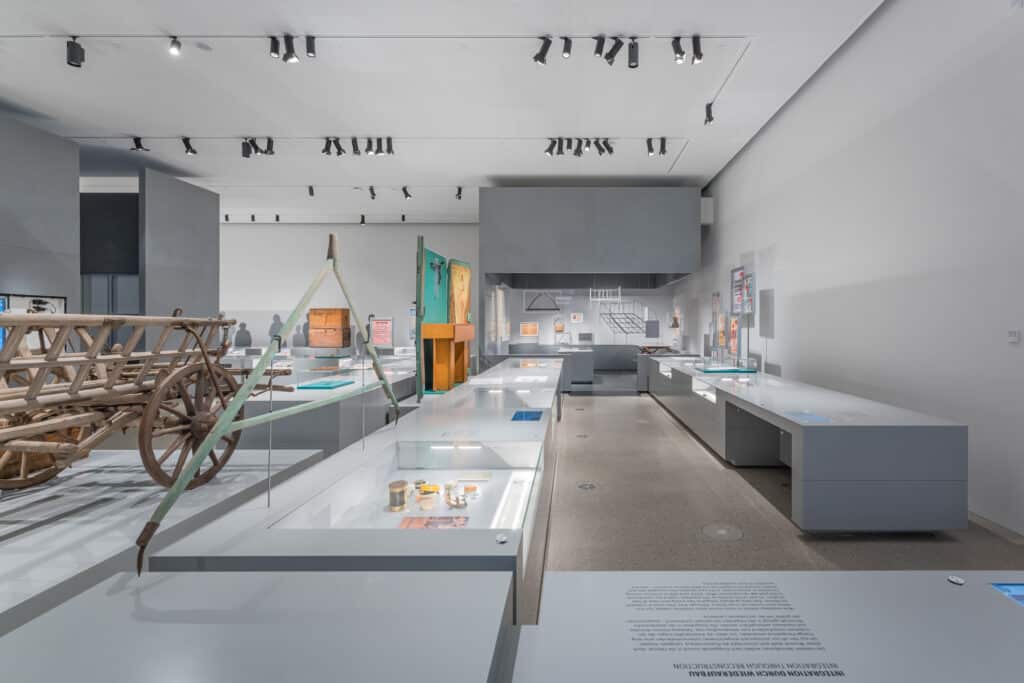
Blick in die Ständige Ausstellung © Stiftung Flucht, Vertreibung, Versöhnung, Foto: Markus Gröteke

